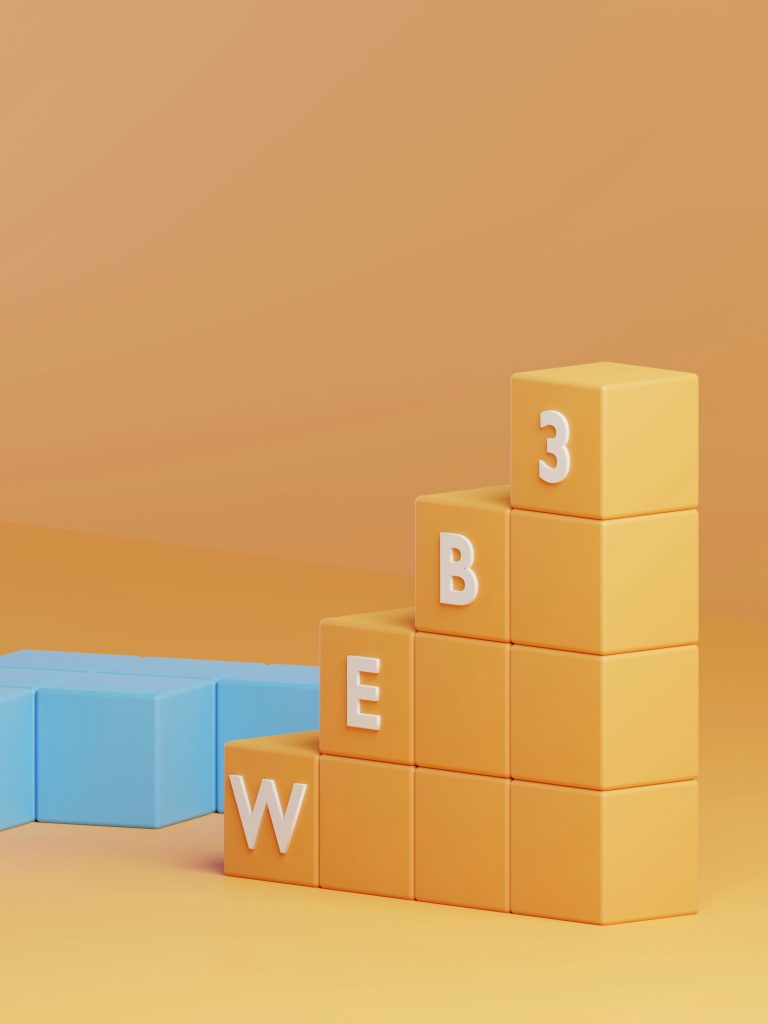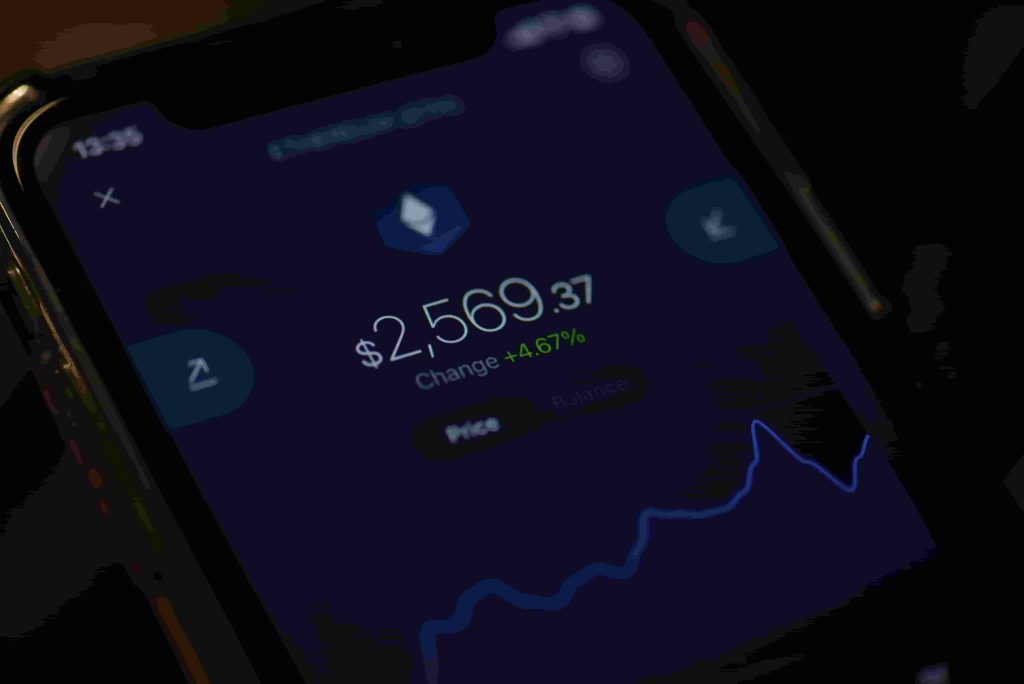By 2025, Web3 and decentralized technologies have shifted from mere speculation into practical, real-world applications—an era where tokenizing real estate, commodities, or even fine art is on track to become a $500 billion market. Gone are the days when crypto primarily conjured images of meme coins or high-volatility trades. Today, Web3 is leaning into more impactful use cases—finance, infrastructure, and community-driven solutions—anchored by deeper integrations with blockchain and smart contracts. Below, we explore how real-world asset (RWA) tokenization leads the pack, plus emerging pockets of decentralized infrastructure pushing Web3 into the mainstream.
1. Real-World Asset (RWA) Tokenization: Key Trend

1.1 Why Tokenize Assets?
- Fractional Ownership: Splitting a large asset (like property or high-value collectibles) into smaller “tokens” lets everyday investors buy micro-shares, boosting liquidity and accessibility.
- 24/7 Markets: Tokenized assets trade on blockchain platforms around the clock, bypassing traditional stock market hours or lengthy documentation.
- Reduced Middlemen: Smart contracts automate certain processes (dividends, rent collection, compliance checks), lowering transaction fees.
Outcome: Institutions and retail alike see tokenization as an avenue for inclusive investing—introducing new liquidity into historically illiquid markets like farmland or fine art.
1.2 Growth Projections
- $500 Billion by 2025: Analysts project enormous growth in the tokenized RWA market, pointing to everything from tokenized gold bars to property developments.
- Accelerated Adoption: Large asset managers or real estate developers pilot tokenization pilots, seeking to modernize capital raising and open new investor bases.
Dev Impact: DApp builders or protocols enabling RWA integration need to handle compliance (e.g., KYC/AML checks), bridging real-life legal frameworks with unstoppable code.
2. Beyond Speculation: Practical Use Cases
2.1 DeFi & Asset Collateralization
- Stable Yield: Traditional finance instruments (e.g., government bonds or real estate income streams) can be tokenized, fueling stable yields in DeFi markets.
- Collateral: Users can stake RWA tokens in lending protocols—backing stablecoins or borrowing assets in permissionless markets.
Example: A token representing partial ownership in a rent-generating commercial building used as collateral in a DeFi loan, merging real estate returns with on-chain liquidity.
2.2 Supply Chain & Infrastructure
- Decentralized Physical Infrastructure: Web3 projects—like Helium for wireless networks or cross-border shipping chains—tokenize user contributions (hotspots, sensor data) for shared incentives.
- Transparency: Blockchain-based solutions track goods from origin to store shelves, forging trust in ethically sourced products or sustainable materials.
Trend: “Web3 plus IoT” fosters real-time data anchored to tamper-proof ledgers, with token incentives driving community-based infrastructure expansions.
3. Evolution of Web3 Tech Stacks

3.1 Layer-2 & Multi-Chain Approaches
- Scalability: L1 blockchains (e.g., Ethereum) face congestion or high fees; in 2025, L2 solutions (Arbitrum, Polygon, Optimism) handle bulk transactions, lowering user friction.
- Bridges & Interoperability: Tools for cross-chain swaps or bridging assets are maturing, letting users move tokens among various ecosystems securely.
Dev Advice: Focus on bridging protocols or design your dApp to handle multi-chain logic. RWA tokens might live on multiple L2 networks to serve global liquidity.
3.2 Privacy & Compliance Tools
- Zero-Knowledge Proofs: ZK-based solutions allow selective disclosure (compliance, identity checks) without revealing entire user data.
- Regulatory Integration: Projects adopt on-chain identity frameworks or KYC-friendly modules, bridging code with real-world compliance demands for tokenizing assets.
Outcome: Combined with RWA tokenization, these privacy layers keep personal data hidden while ensuring you meet legal thresholds—crucial for mainstream acceptance.
4. Developer & Industry Challenges

4.1 Regulatory Uncertainty
- Varied Jurisdictions: Each country’s stance on tokenizing real estate or commodities differs. Devs must confirm if RWA tokens are considered securities, commodities, or entirely new categories.
- Enforcement: Unclear rules hamper broad adoption, as institutional investors prefer stable legal frameworks.
Key: Working with legal experts ensures your RWA DApp or token adheres to local securities law or cross-border regulations.
4.2 Security Risks
- Smart Contract Exploits: DeFi hacks remain frequent. RWA token protocols must audit code thoroughly, or risk losing real-world backed assets.
- Bridges: Cross-chain bridging vulnerabilities have led to multi-million-dollar hacks. With real-world assets on the line, security is paramount.
Dev Mindset: Embed security from day one, use formal audits, robust multi-sig governance, and continuous monitoring for suspicious events.
5. Why It Matters for Developers
5.1 New Business Models
- DApps for RWA: Devs can build specialized marketplaces, fractional investment tools, or real-time tracking dashboards for tokenized assets.
- Integration Skills: Merging real-world data (property appraisals, shipping proofs) with on-chain logic demands bridging oracles and reliable data feeds.
Career Edge: Skills in creating stable, compliance-ready token solutions are in high demand as Web3 expands to real finance and assets.
5.2 Expanding Ecosystem
- Multi-Chain dApp: RWA tokens or supply chain solutions might straddle multiple blockchains, requiring devs to handle interoperability layers or aggregator protocols.
- User Experience: Onboarding mainstream users to Web3 still demands frictionless wallets, simpler flows, and user-friendly design.
Takeaway: The best Web3 solutions unify robust back-end logic with frictionless front-end experiences, attracting both crypto natives and novices.
6. Future Outlook: Where Web3 Goes from Here
- Real-World Ubiquity: Expect more real-world asset categories—like farmland, carbon credits, or intangible rights—to appear on chain.
- Enterprise On-Chain: Big corporations adopting private or hybrid blockchains for logistics, finances, or ecosystem loyalty tokens.
- Infrastructure & Identity: Digital IDs bridging real identity with token ownership; zero-knowledge proofs ensuring privacy.
- Sustainability: With climate concerns rising, tokenized green initiatives or carbon offset markets might flourish on public blockchains.
Conclusion: As speculation takes a back seat, Web3 stands to revolutionize how we fund, invest, and manage real-world assets—unlocking new liquidity, transparency, and trust across finance and industry.
Conclusion
Web3 in 2025 focuses on real-world utility—particularly tokenizing assets like real estate, commodities, or fine art, a market projected to reach $500 billion. By bridging physical and digital domains, these solutions turn once-illiquid goods into tradeable tokens, broadening participation and enabling novel DeFi or supply-chain apps. For devs, adopting these trends involves addressing regulatory compliance, ensuring robust security, and leveraging multi-chain or L2 scaling. From finance to infrastructure—with synergy in AI and IoT—Web3 is stepping beyond speculation, forging an era of tangible, impactful use cases.










